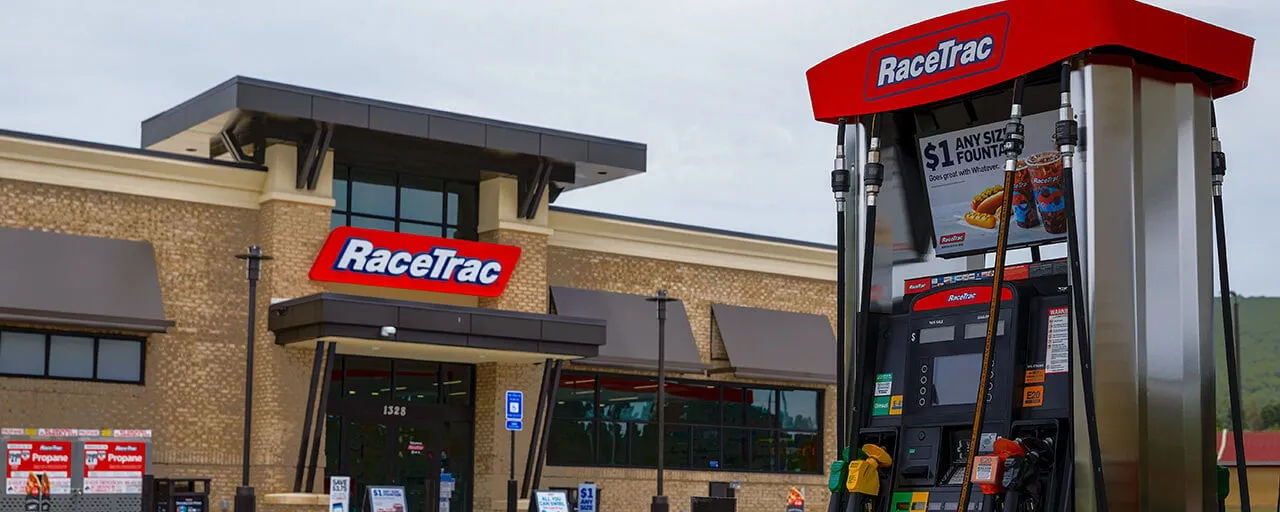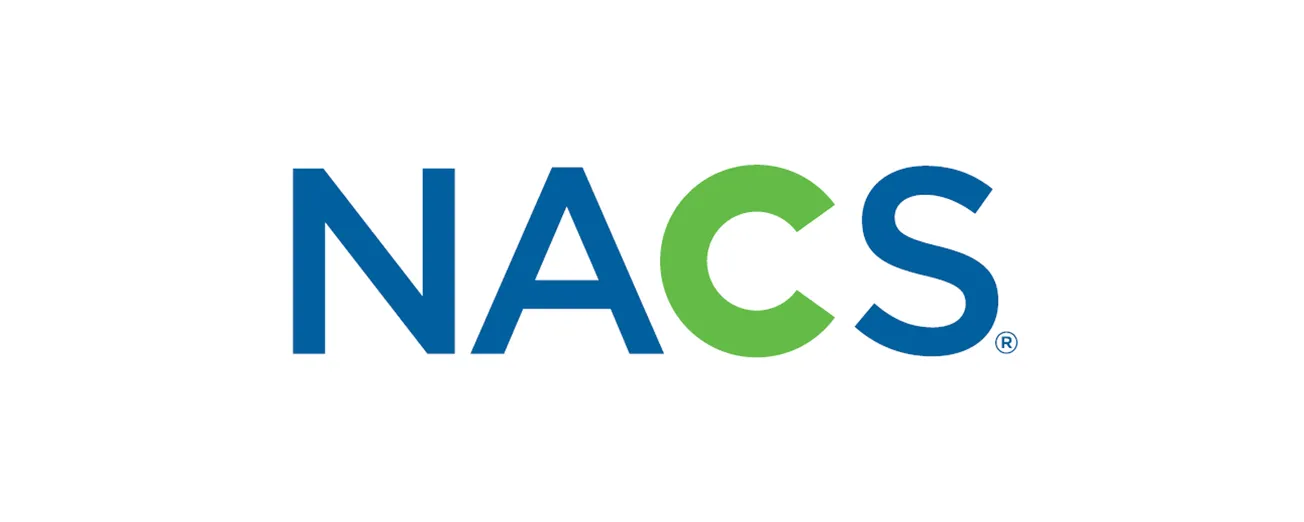CHICAGO — The very rich may be different from the rest of us, as F. Scott Fitzgerald famously wrote, but that does not necessarily apply to their shopping habits.
The very rich may be different from the rest of us, as F. Scott Fitzgerald famously wrote, but that does not necessarily apply to their shopping habits.
A survey by the wealth management news site Millionaire Corner found that respondents with a net worth of $5 million or more cited Home Depot Inc., Lowe’s Cos. and Target Corp. as their favorite retailers. Nearly half said they shopped at Costco Wholesale Corp., and about one-third said they shopped at Walmart.
That finding is consistent with recent research from Mintel that shows that while warehouse clubs may be perceived as no-frills destinations for people looking to stretch a tight budget, the outlets are popular with wealthier consumers too.
In fact, consumers with higher incomes are more likely to rate warehouse club merchandise highly. Mintel found that 38% of high-income consumers believe the store brand or private label brands at warehouse clubs are comparable to name brand items in terms of quality, and that number increases to 44% among households earning more than $150,000 per year. That’s the highest percentage of all income groups surveyed, and it compares with 27% of those earning less than $25,000 a year, 36% of those earning $50,000 to $74,900 and 41% of those with incomes between $100,000 and $149,900.
In addition, 40% of warehouse club users say the outlets carry quality products — with 46% of households with an income of over $150,000 reporting as much. The number drops to 32% for those earning less than $25,000.
"Shoppers in this group may be more likely to shop across a wider variety of retail stores, and therefore more aware of the price differential among retailers," says Ali Lipson, category manager for retail, apparel, technology and automotive at Mintel. "They are also more likely to be able to afford the shopping trip compared to those with lower incomes. Product messaging and signage that highlights the quality of warehouse club products is sure to resonate with this demographic."
This market also might be less vulnerable to competition from online shopping, as more than six in 10 (63%) Americans have shopped (in-store) at a warehouse club in the last six months, but only a quarter (25%) have done so online.
"One deterrent to online shopping in this channel could be that stores offer bulk-sized packages so the cost of shipping large items could prove prohibitive," Lipson explains. "Additionally, part of the appeal of warehouse club shopping is the ‘treasure hunt’ aspect, or discovering unique items throughout the store. Currently, the warehouse clubs’ online model is unable to replicate this experience."
More than one-third (36%) of warehouse club shoppers agree that they like finding unique items when shopping at warehouse clubs. This number increases significantly — to 45% — for women age 55 and older. The least likely bargain hunters, at 30%, are women ages 18 to 34.
"More than half of warehouse club shoppers like to browse the selections, and 48% say it is worth paying the membership fee to shop at a warehouse club," adds Lipson. "Warehouse clubs intentionally offer a unique product mix aiming to appeal to the ‘discovery’ experience many shoppers crave. It also helps encourage repeat visits, as product selections can vary from time to time."
Warehouse club shoppers may not visit their favorite store online, but they do value technology. Eleven percent said an app to help them navigate the store would encourage them to visit warehouse clubs more often or sign up for a membership. And 12% said sales associates with handheld devices that can provide checkout anywhere in the store would increase their usage.





